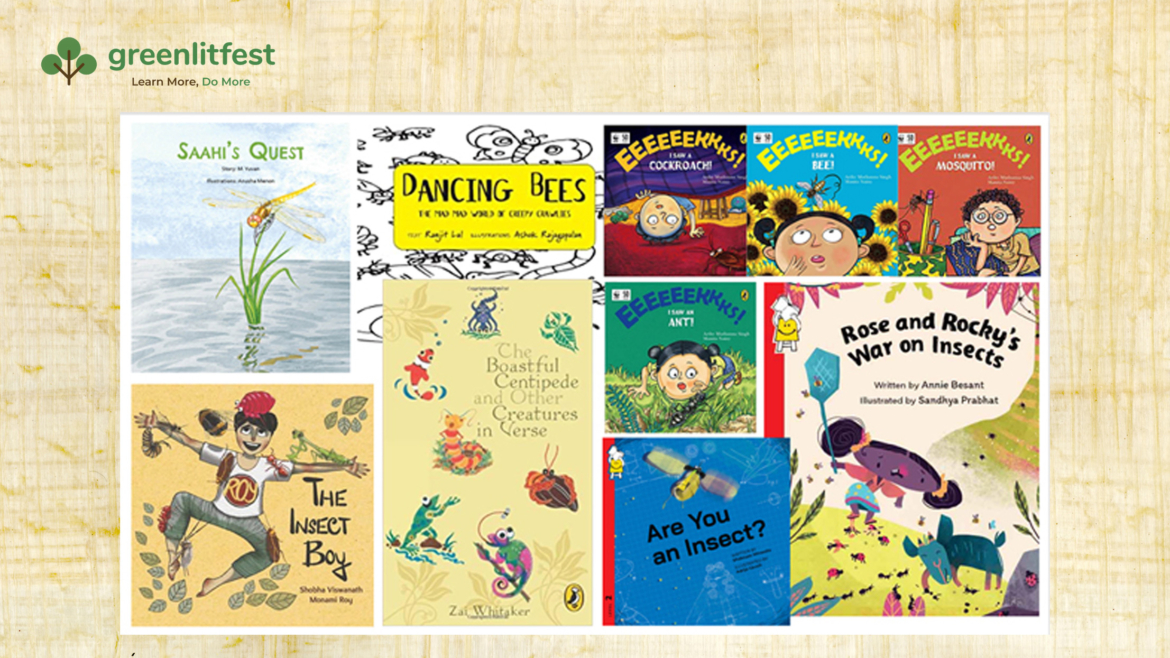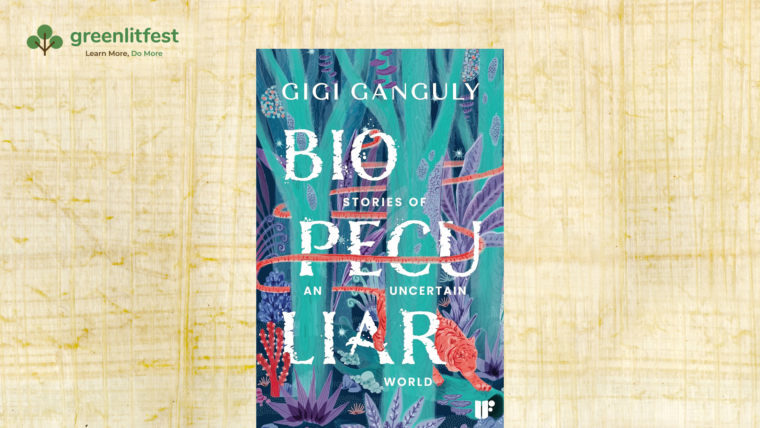Remember your last unsettling close encounter with a bug? Frantic moments of sweeping it down from clothing, shaking it off your head, or standing transfixed in terror at a tiny, hairy, wriggly creature, as you debate whether to squash it or bolt. The fear of bugs, extended to include several terrestrial arthropods, is rampant. Even ancient Egyptians are known to have fashioned spells imploring the ram-headed god Khnum to banish cockroaches and Greek farmers beseeched the gods to protect them from destructive insects.
Children, however, seem to be curiously enchanted by these fascinating, almost alien-like creatures with their antennas, oddly proportioned eyes and bodies, and multiple legs. Fear usually begins with unpleasant experiences like a cockroach running up a child’s clothes, a painful insect bite or watching petrified adults. In Insect Boy, author Shobha Viswanath brilliantly builds two narratives after Young Roy gets bitten by bugs – one where he gets possessed by an extreme fear of insects and another where learning about them leads to him becoming an insect expert (entomologist).
Fear of insects turns disruptive when it discourages children from playing outdoors and prevents them from discovering the diversity, ingenuity and importance of these creatures. Children’s books can play an important role in educating both parents and children on the wonders of insects. In Saahi’s Quest naturalist and author Yuvan Aves writes of Wandering Glider Dragonflies that ride on the monsoon winds and travel the world, connecting wetlands across the globe as they breed and move. “At the time of writing this book, I was travelling the coasts of Tamil Nadu. Post-October, I saw millions of Wandering Glider Dragonflies flooding into the skies from over the ocean… I had to cover my face with a hat to not be sharply hit by them. Dragonflies and damselflies are very sensitive ecological indicators. They vanish if waters are polluted [and] are beacons of lake and river health.”
Literature often dwells upon the various benefits of bugs. In Rose and Rocky’s War on Insects Annie Besant writes of a mother who helps the insect-hating protagonist realize how there would be no honey or vegetables without them.
Insects have also inspired many scientific interventions. In Are you an Insect? Shabnam Minwalla introduces readers to various machines that mimic insects, such as RoboBees that can fly and perch on plants just like real bees and may one day travel to Mars, and Water Strider Microbots that can walk on water like real water striders and may one day help to clean our water bodies.
Often, literature employs tools like humour and verse to infuse a lightness into narratives on insects. In Dancing Bees: The Mad Mad World of Creepy Crawlies Ranjit Lal and Ashok Rajagopalan use comical illustrations to exaggerate funny facts, while Zai Whitaker’s lively poems in The Boastful Centipede And Other Creatures in Verse are sure to make readers chuckle with delight.
Several books also encourage observation and discovery by introducing activities into the narrative. Through their Eeeeeekkks! series authors Mamta Nainy and Arthy Muthanna Singh seek to reinvent the ways in which children engage with insects. “It is an invitation to young readers to put their video games, smartphones or TV remotes down and just look around; it is an attempt to bring back nature words into their lexicon and to introduce into their vocabulary a ‘grasshopper’ for every ‘google meet’, a ‘leafcutter ant’ for every ‘lockdown’. We want to encourage young readers to take some time to just watch the vibrant, vigorous way in which nature is working all around them.”
Nature is bewildering in its complexity and insects are closely knit into ingeniously constructed ecosystems, in which we humans are just one species among millions of others. Irrational fears of insects drive us to poison our homes and pollute the environment with toxic insecticides. Instead, as Geetha Iyer, co-author of Satpada, Our World Of Insects, astutely points out, “we could learn to harness the insects’ secrets of survival, especially as we are living in a world that’s facing cataclysmic environmental changes.”
Recommended Reads
- Rose and Rocky’s War On Insects by Annie Besant and Sandhya Prabhat
- Sera learns to fly by Vinitha and Nirzara Verulkar
- Dancing Bees by Ranjit Lal and Ashok Rajagopalan
- Saahi’s Quest by M. Yuvan and Anusha Menon
- Eeeeeekkks! series by Arthy Muthanna Singh, Mamta Nainy and various illustrators
- Wild in the Backyard by Arefa Tehsin
- The Boastful centipede and Other Creatures in Verse by Zai Whitaker
- The Caterpillar Who Went on a Diet and Other Stories
- Just Like a Bug (Zain and Ana series) by Anushka Ravishankar
- Are you an Insect? by Shabnam Minwalla and Adrija Ghosh
Satpada, Our World of Insects by Rebecca Thomas and Geetha Iyer



